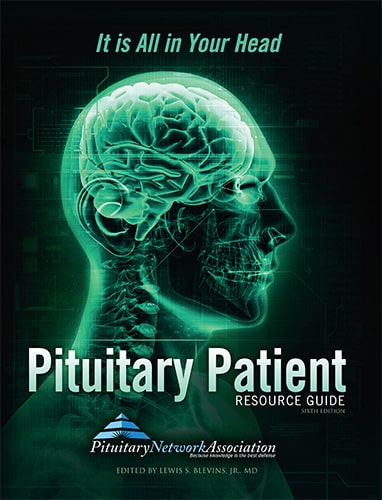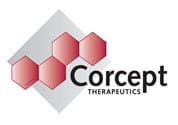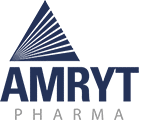GH Deficiency
Adult GH deficiency is now a well-recognized clinical syndrome that includes symptoms of increased body fat, decreased muscle and bone mass with reduced strength and endurance, impaired psychological well-being, reduced vitality, and poor quality of life.
Adult GH deficiency most commonly results from damage to the pituitary gland either from a pituitary tumor or as a result of interventions (i.e., surgery or radiotherapy) used to treat a pituitary tumor. GH appears to be one of the first hormones to be lost in patients with pituitary tumors and nearly all patients with two or more pituitary deficiencies also lack GH.
Because GH is released in pulses, random blood measurement of GH is not a reliable indicator of GH status. In most instances, a provocative test (i.e., a stimulation test) is necessary to document GH deficiency. The insulin tolerance test (ITT), arginine test, and GH-releasing hormone (GHRH) test are some examples of commonly used stimulation tests. These tests take approximately 2 hours and are done on an outpatient basis.
GH is administered by once daily subcutaneous injections in a fashion very similar to the way in which a diabetic patient self-administers insulin. The most common side effects are mild fluid retention and muscle/joint aches. These symptoms can be minimized by starting with a low initial dose and generally abate with time. GH therapy has been shown to improve lean body mass, bone density, exercise tolerance, personal productivity and quality of life.
See Also:






